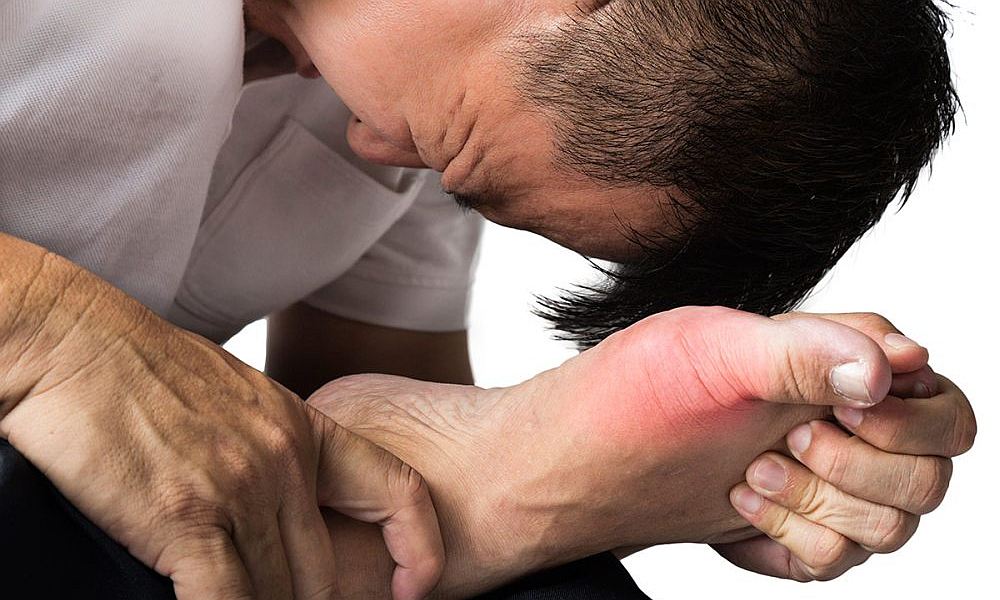
An Acute Gout Flare Up Illustration
Brief History of Gout
As far as the reputations of diseases go, gout has done pretty well for itself; for literally hundreds of years, it was considered a badge of nobility, a physical manifestation of wealth and success. This dreadful disease was identified in 2640 BCE by the Egyptians and described by Hippocrates in the fifth century BCE as the “unwalkable disease.” It has often been the topic of literary work; the 17th-century English physician Thomas Sydenham, who suffered from gout himself wrote: “The pain is like that of a dislocated bone. The pain, which is mild at first, becomes progressively more violent every hour so delectably painful that it doesn’t last…the weight of the clothes or the shaking of the room from a person walking briskly through it”.Why is Gout Called Kings Disease?
Ancient Roman authors personified gout as Dionysus, the god of wine, and Aphrodite, the goddess of love; as late as 1926, the author Havelock Ellis wrote of the connection between genius and gout in his book A Study of British Genius. “It happens so often,” he wrote, “in such extreme forms, and in men of such pre-eminent intellectual ability, that it is impossible not to regard it as having a real association with such an ability”. The Gout has gained its unfortunate reputation not only because of the prominent people it has hit (King Henry VIII, Benjamin Franklin and top athletes, including the NBA’s Maurice Cheeks) but also because of the excruciating, relentless pain it causes. Gout can seem like an outdated historical disease that no one is getting anymore, but nothing could be further from the truth. It is one of the most common forms of arthritis and can be extremely painful. Once considered a disease of the upper class, gout can strike anyone, even professional athletes and young adults. It is the most common inflammatory, arthropathy (joint) disease, and currently affects over 8 million Americans, with the number of cases increasing annually.Which of the Sexes is Most Affected by Gout?
Gout affects both men and women but women have a lower risk of developing gout than men. One male sufferer of the disease disclosed that it is surely more painful than childbirth. When a colleague asked him how he could know this, the man replied that he knew many women who wanted to have another child, but he did not know anyone who wanted to have another gout attack!What Causes a Sudden Flare-up?
Gout is caused by uric acid (UA) levels so high that the acid precipitates out of the blood and deposits into joints and soft tissue in the form of crystals. Uric acid is a waste product circulating in the blood, and it results from the breakdown of substances called purines. When uric acid accumulates, usually from insufficient elimination in urine, needle-like crystals can form in the joint at the base of the big toe, although it may affect other joints including the heel. The joint may become inflamed and swollen, hot to the touch, and excruciatingly painful that even a slight touch causes an unbearable stabbing pain.Avoid Purine-rich Foods and Drinks
However, it is important to note that dietary indiscretions may increase the risk of gout. Dietary management of gout no longer seems to be focused on the restriction of foods with a high purine content but, rather, on the treatment of metabolic disorders commonly associated with gout: obesity, insulin resistance syndrome, and dyslipidemia, or abnormal blood levels of lipids, such as cholesterol. Some authorities, however, also encourage the reduction of foods that contain high amounts of purines, such as yeast, certain fish and various red meats. The consumption of alcohol or meats (especially organ meats) and other foods with high purine content (such as seafood) have been known for their contributions in increasing the risk of having the disease. In the United States, the incidence of gout has undergone a striking geometric increase in the last 50 years, parallel with increases in obesity and diabetes. Furthermore, this increase has happened in parallel with the increased consumption of products containing high fructose corn syrup. This sweetener causes the body to produce more uric acid compared to other sweeteners such as simple glucose. In line with this sugar consumption trend, obesity is also a well-known risk factor for gout. It is also linked to sudden or severe illness or injury, and immobility due to bed rest, as well as kidney disease. The big toe is clearly a prime target for gout due to its poor circulation and its lower temperature, two conditions that can lead to the accumulation of uric acid.Why Should I Treat Gout?
People with gout have more co-morbidity, poorer quality of life and physical function, and increased health care costs. “Without treatment, a gout attack often lasts about a week,” says a fact sheet published by Arthritis Australia. “Another attack may not happen for months or even years. If it is not managed well, the time between attacks may get shorter, the attacks ” may become ” more severe and the joints can be permanently damaged. Sometimes gout can progress into a chronic (long term) condition, for those with chronic gout, permanent joint damage can occur.When Should I Start Treating Gout?
 Whatever treatment or combination of treatments is chosen to treat an acute flare-up, the key success factor in stopping the flare-up and getting rid of the pain fast is the early usage of the treatment. Because the earlier the treatment is introduced the more rapidly the acute flare will subside.
Its antiquity may have contributed to the perception and complacency surrounding its management for centuries past, but with new insight into its mechanism and therapeutics, it’s a new tide for those with this painful and debilitating disease.
What is more, it is a disorder with a clearly identified cause—the presence of uric acid crystals in the synovial fluid of a joint, particularly in the big toe.
When in pain, the immediate concern isn’t its cause, but how we will be relieved of the pain we are suffering from as quickly as possible.
Whether it is knee pain, back pain, hip pain, heel pain and others like them which are brought about by gout, the major concern is to get rid of gout pain fast without much stress. And nothing relieves pain better than Dr. Elix Gout Pain Relief Topical Treatment, provides quick and long-lasting gout pain relief (just within 7 to 15 min max) and removes joint deposited uric acid crystals for authentic absolute comfort.
Whatever treatment or combination of treatments is chosen to treat an acute flare-up, the key success factor in stopping the flare-up and getting rid of the pain fast is the early usage of the treatment. Because the earlier the treatment is introduced the more rapidly the acute flare will subside.
Its antiquity may have contributed to the perception and complacency surrounding its management for centuries past, but with new insight into its mechanism and therapeutics, it’s a new tide for those with this painful and debilitating disease.
What is more, it is a disorder with a clearly identified cause—the presence of uric acid crystals in the synovial fluid of a joint, particularly in the big toe.
When in pain, the immediate concern isn’t its cause, but how we will be relieved of the pain we are suffering from as quickly as possible.
Whether it is knee pain, back pain, hip pain, heel pain and others like them which are brought about by gout, the major concern is to get rid of gout pain fast without much stress. And nothing relieves pain better than Dr. Elix Gout Pain Relief Topical Treatment, provides quick and long-lasting gout pain relief (just within 7 to 15 min max) and removes joint deposited uric acid crystals for authentic absolute comfort.
Risk Factors for Recurrence
Can the recurrence of gout be prevented? Possibly, if the sufferer is aware of the risk factors. The major risk factors are age, gender, and genetics. According to some authorities, more than 50 percent of sufferers have a family history of the disease. “My father and grandfather both had gout,” says Alfred. Moreover, gout mainly affects men, targeting especially those between the ages of 40 and 50. In fact, men are three or four times more likely to get the disease than women, who rarely develop it before menopause. Other risk factors include:- Obesity
- diet
- Drink
- Medical conditions such as untreated high blood pressure (hypertension) and chronic conditions such as diabetes, high levels of fat and cholesterol in the blood (hyperlipidemia), and narrowing of the arteries (arteriosclerosis)…

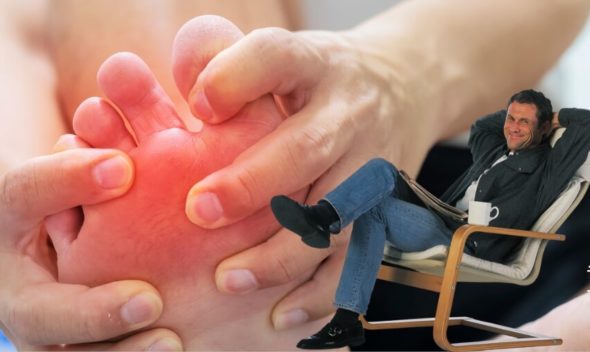

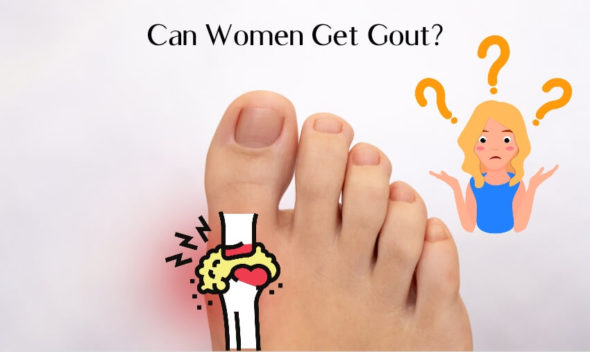



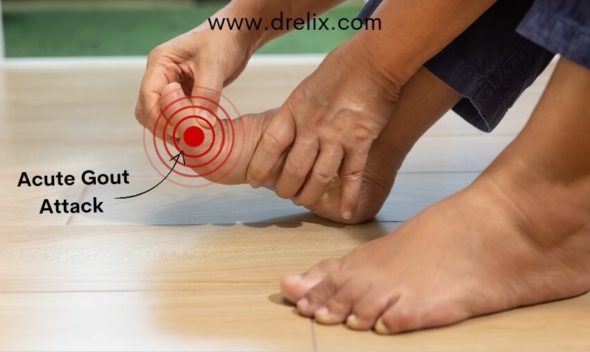
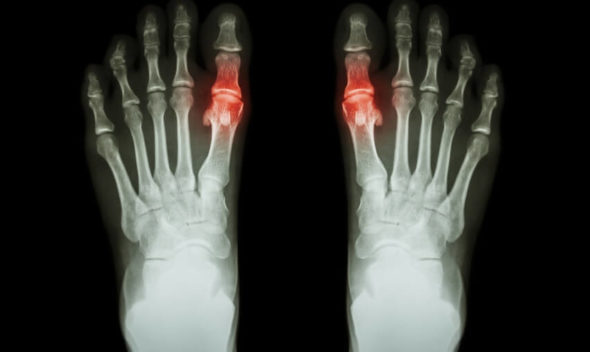




Enjoyed reading the content above, actually explains everything in detail, the article is very interesting and effective. Thank you.
Hi Rosella,
Glad that you find our article insightful 😊
Keep in touch for more updates soon as well don’t hesitate to ask us any question you have.
Welcome,